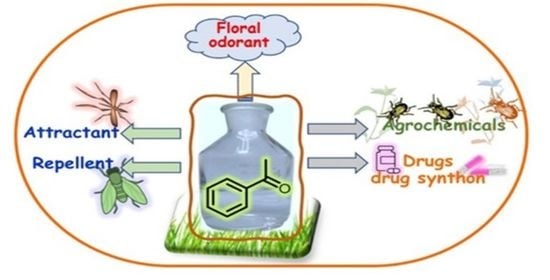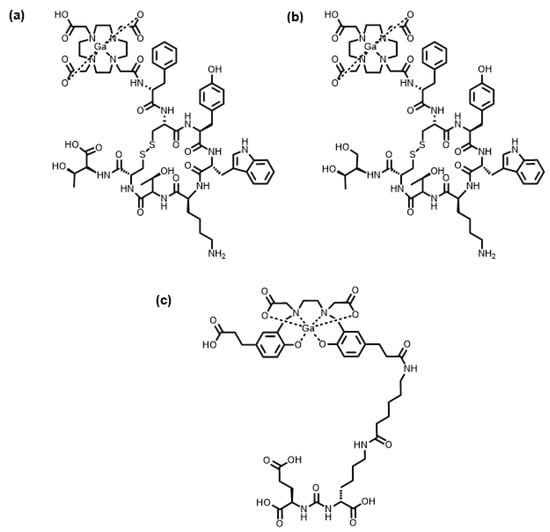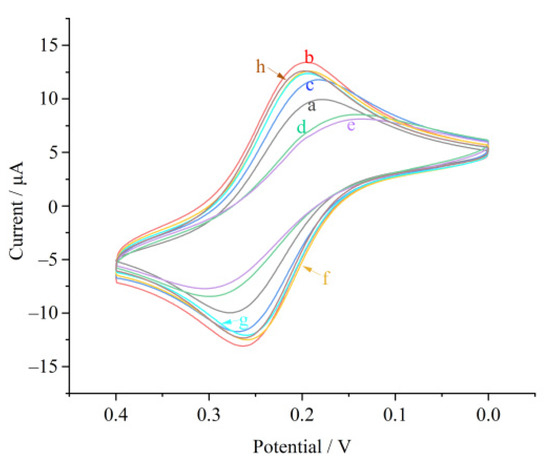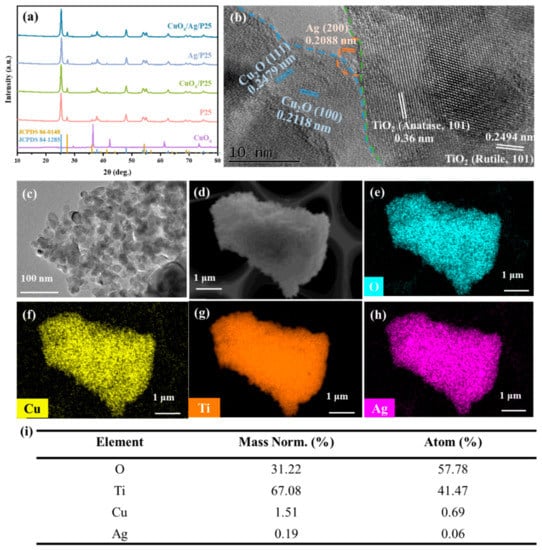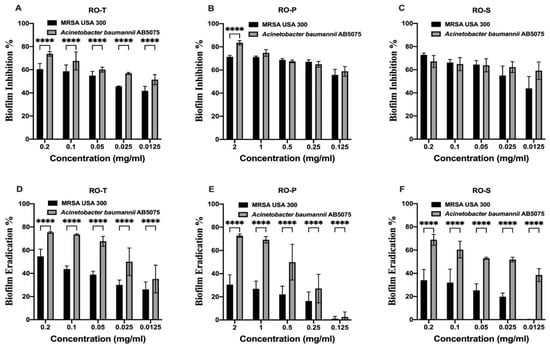Molecules 2023, 28(1), 370; https://doi.org/10.3390/molecules28010370 - 2 Jan 2023
Cited by 19 | Viewed by 5204
Abstract
Each metabolite, regardless of its molecular simplicity or complexity, has a mission or function in the organism biosynthesizing it. In this review, the biological, allelochemical, and chemical properties of acetophenone, as a metabolite involved in multiple interactions with various (mi-cro)organisms, are discussed. Further,
[...] Read more.
Each metabolite, regardless of its molecular simplicity or complexity, has a mission or function in the organism biosynthesizing it. In this review, the biological, allelochemical, and chemical properties of acetophenone, as a metabolite involved in multiple interactions with various (mi-cro)organisms, are discussed. Further, the details of its biogenesis and chemical synthesis are provided, and the possibility of its application in different areas of life sciences, i.e., the status quo of acetophenone and its simple substituted analogs, is examined. In particular, natural and synthetic simple acetophenone derivatives are analyzed as promising agrochemicals and useful scaffolds for drug research and development.
Full article
(This article belongs to the Topic Advances in Natural Products from Plants and Associated Microbes)
►
Show Figures
